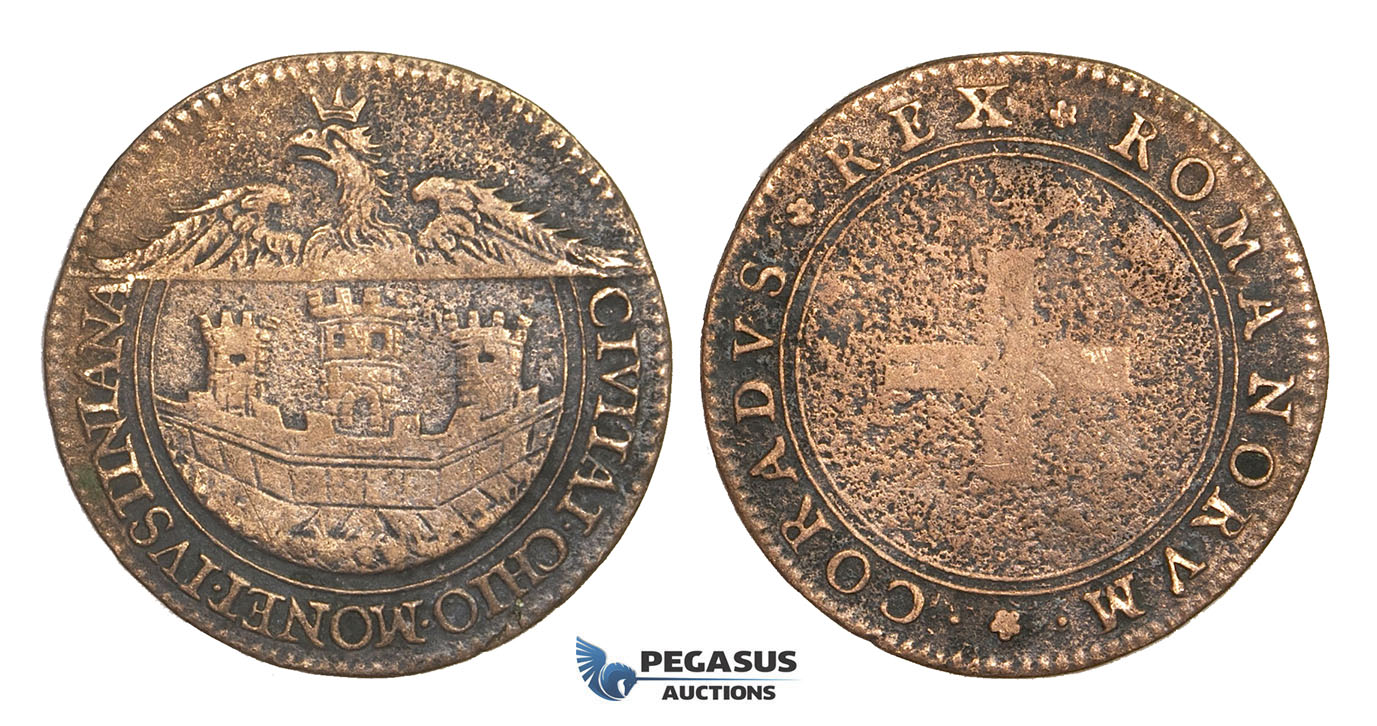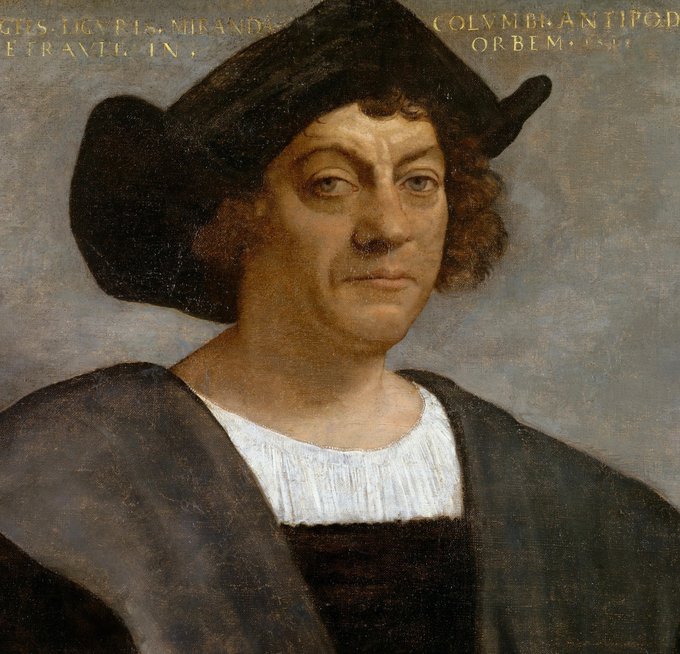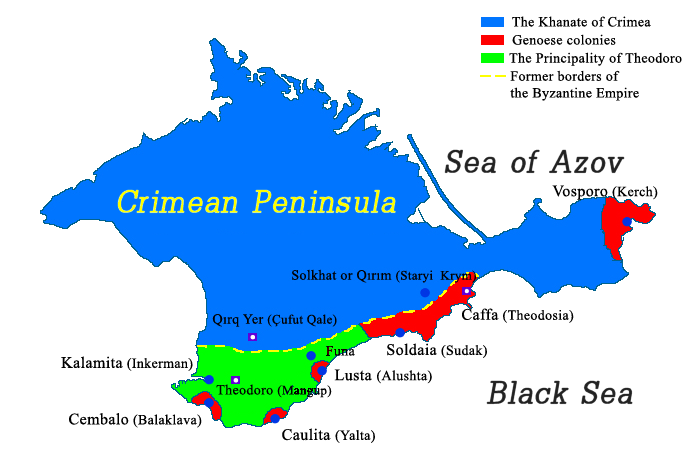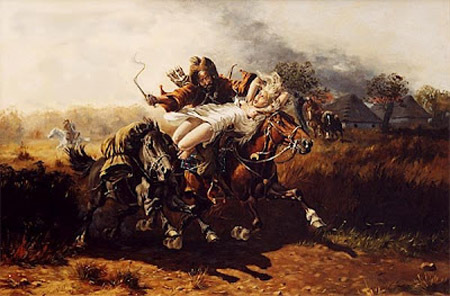European Colonialism doesn’t begin with Colombus or 1492. The 1st people to be colonised by Europeans were other Europeans. The Frankokratia left a swath of merchant colonies across the Eastern Mediterranean which are the very model of post-Colombian colony.
Frankokratia was the period following 4th Crusade (1204) when the Morea & Greek islands came under Latin control. The model was usually for a wealthy Genoese or Venetian family to control an island or archipelago, including the Sanudi on Naxos, the Gattilusi on Lesbos & the Giustiniani on Chios.
The Latin faith was introduced by the new overlords, to little enthusiasm from the locals. Pragmatically, the Latin rulers tolerated the Greek faith but gave it no legal sanction. Byzantine landowners (archons) submitted to the Frankish invaders & kept control over their paroikoi. Essentially a small colonial topsoil was added to the existing social strata.

The Maona can be seen as a blueprint for the East India Company of the C17th. Another Genoese institution that foreshadowed the EIC was the Bank of St George. Established in 1407, it was given the charter to run Genoa’s 5 colonies in the Crimea (collectively, Gazaria), from 1453
Gazaria provides the darkest echo of future colonialism, Caffa being a hub of slave trading. Medieval slavery was domestic (mostly female) slaves rather than the agricultural workers of the African trade. East Europeans & Central Asians were the victims.
Most were sold into the Muslim world where demand was higher but 1000’s went to Italy. Petrarch lamented ‘Whereas huge shipments of grain used to arrive by ship annually in this city, now they arrive laden with slaves, sold by their wretched families to alleviate their hunger.’
Religion rather than race was used to excuse slavery. It was always a contentious subject. Was it only wrong to sell Christians to Muslims? What of non-Latin Christians? Pope Martin V excommunicated the merchants of Kaffa in 1425 for dealing in Christian flesh but nothing changed
In 1431 Genoa signed a treaty with the Mamluk Sultan to provide boys (to become eunuchs) from the Black Sea coast via Kaffa market. The Ventimiglia family of Genoa were the official slave agent to Cairo.
Like the British ‘divide & rule’ policy with Mughal rulers in India, Genoa exploited local conflicts to its benefit. Most crucially, perhaps, in 1352, during the Byzantine civil war, Genoa aided the Ottomans to cross the Dardanelles & take their 1st European possession.
Christopher Columbus provides a symbolic continuity between colonialism in the Levant & Americas. He was ‘from the Republic of Genoa’, but not necessarily Genoa itself. One theory holds he was in fact from Genoese Chios.

As well as an explorer he was also a pirate (the 2 careers went together back then). Just as England would later use privateers to hassle Spanish treasury convoys in the Caribbean, Genoa and Anjou used corsair navies to disrupt the Venetian muda convoys in the Med.
Venice did not have an equivalent to the Maona, preferring direct control of its Stato da Màr. It held Crete (Candia) from 1205 to 1667 & divided island into 6 sestieri just like their home city but later reformed this to 4 provinces.

Venetian rule never sat easily with the natives who were heavily taxed & saw most of their best produce shipped to Venice There were numerous uprisings. When a new tax to pay for Candia’s harbour was imposed in 1363 it triggered a Boston Tea Party moment: The Revolt of St Titus.
The figure of St.Titus became the emblem of the newly established Commune of Crete. Greeks were admitted to the councils of government, & restrictions on the ordination of Greek priests were abolished. But unlike 1776, the rebellious colony could not hold on to independence.


Venetian troops retook Candia within a year, but it took 5 before Crete was completely subdued. Venice celebrated with jousting in Piazza San Marco witnessed & recounted by Petrarch. Note that the Byzantine Emperor openly supported Venice & not his fellow Greek freedom fighters.
The Kallergis family were instrumental to the rebellion of 1363 & had been in previous revolts in 1282 & 1341. Later rebellions included the uprising of Sifis Vlastos in 1453. Ironically Venice used the Kallergis family to put down the Vlastos uprising.











